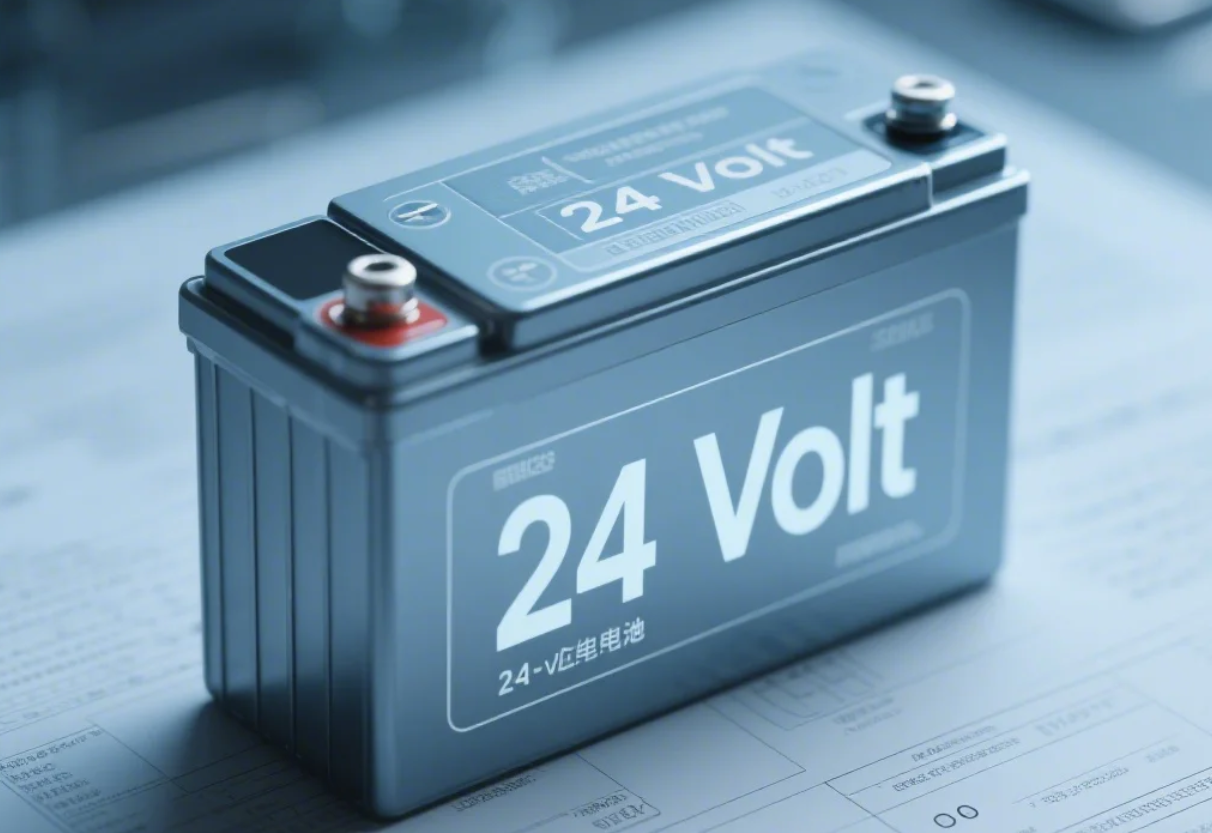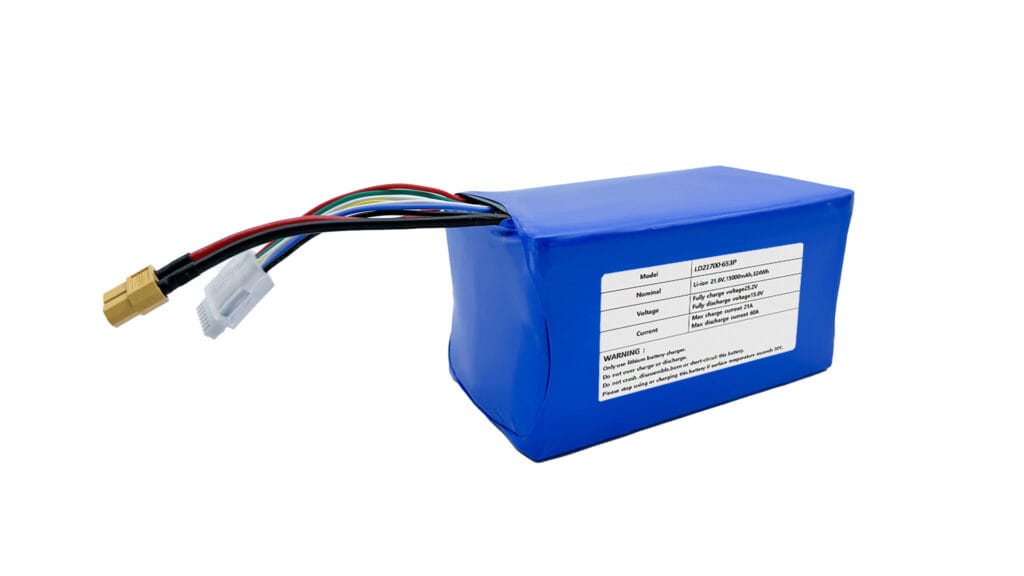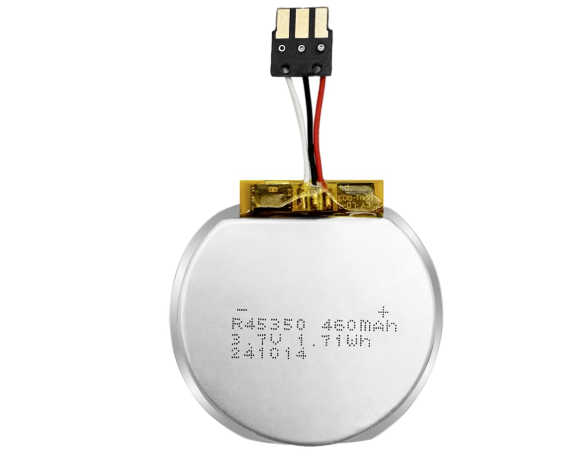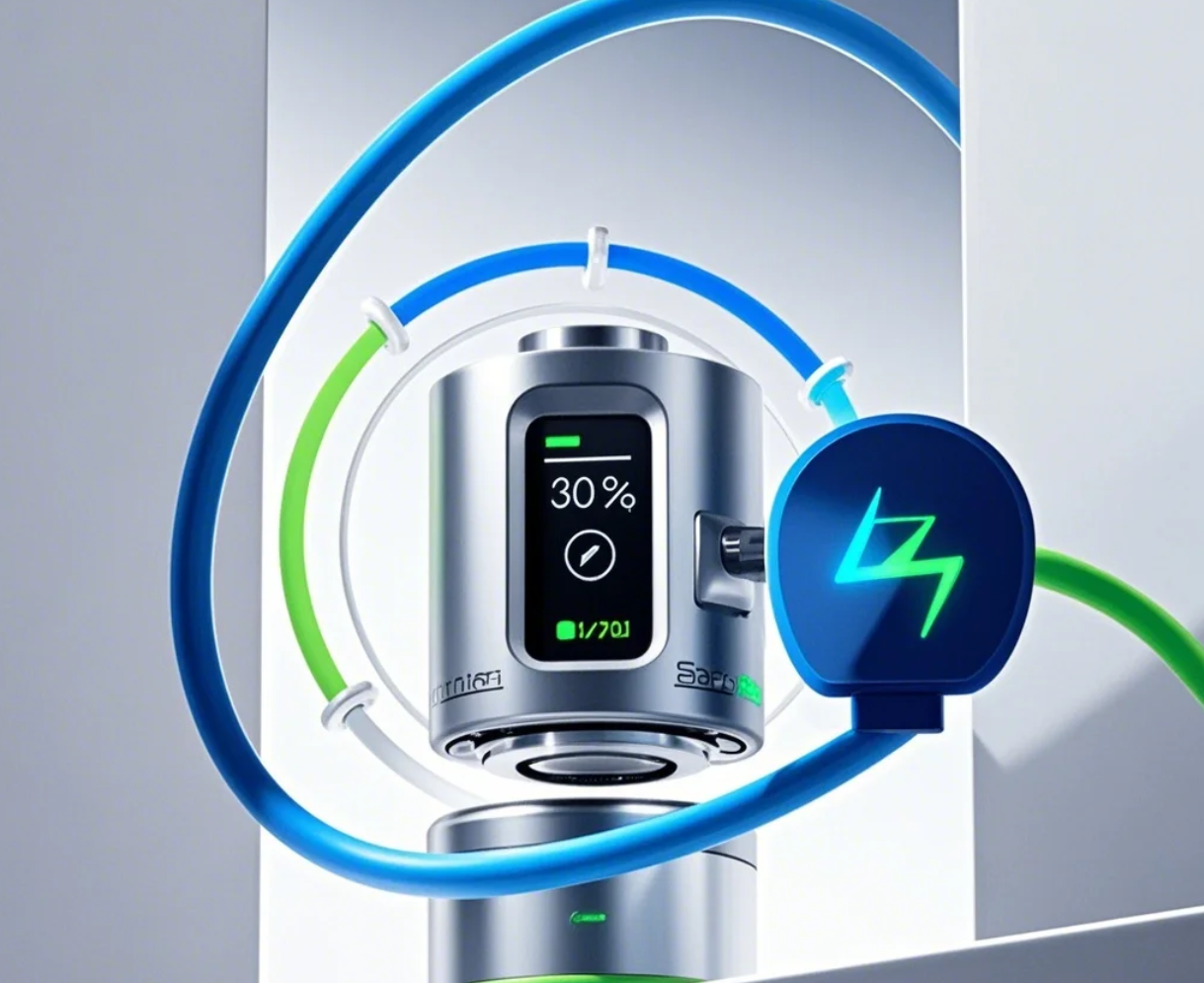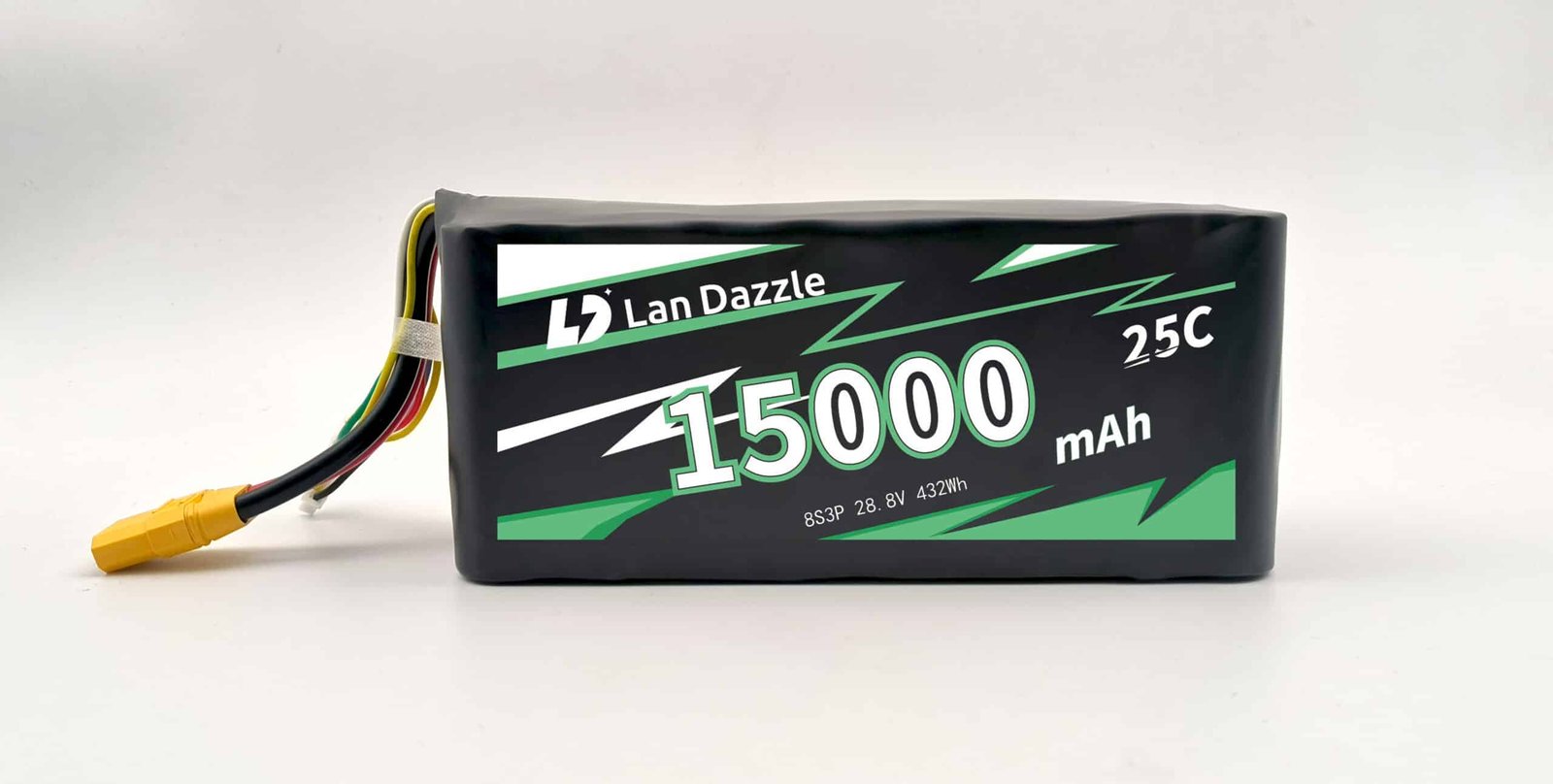The quest for reliable and efficient portable power has led many general consumers to the doorstep of lithium-ion batteries. Among the diverse options available, the 24 volt lithium battery emerges as a compelling choice for a wide array of applications. From powering the comforts of an RV on a cross-country trip to providing sustainable energy storage for a home solar system or offering the necessary thrust for a marine trolling motor, selecting the right 24V lithium battery is a pivotal decision. Yet, the technical jargon and variety of specifications can often feel daunting. This comprehensive guide aims to demystify the process, providing you with the knowledge to confidently choose the ideal 24V power battery tailored to your unique needs.
Understanding 24V Lithium Batteries: The Basics
At its core, a 24V lithium battery delivers a consistent and stable 24 volts of electrical power. This higher voltage, compared to 12V systems, often translates to greater efficiency, especially when dealing with higher power demands or longer cable runs, as seen in larger RV setups or extensive solar installations. The secret behind their superior performance lies in the lithium-ion technology.
Compared to traditional lead-acid batteries, lithium batteries boast a significantly lighter weight, a higher energy density – packing more power into a smaller footprint – a longer cycle life, meaning they can be charged and discharged many more times, and a minimal self-discharge rate, allowing them to retain their charge for extended periods of inactivity, a boon for seasonal users like boat owners. While various lithium battery chemistries exist, the LiFePO4 battery (Lithium Iron Phosphate) is a prevalent and often preferred option for 24V systems due to its enhanced safety features and extended lifespan, making it a reliable choice for diverse applications.
How to Choose 24 volt Lithium Battery
Selecting the optimal 24V lithium battery necessitates a careful evaluation of several key factors, always keeping your specific application in mind.
Capacity (Amp-hours – Ah) and Energy (Watt-hours – Wh)
The capacity of a battery, measured in amp-hours (Ah), signifies the amount of electrical charge it can store. Think of it as the fuel tank’s size. Energy, measured in watt-hours (Wh) (Volts x Amp-hours), represents the total energy the battery can deliver over time. To determine your required capacity, estimate the total power consumption of all the devices you intend to run and for how long.
- Example for RVs: For a weekend getaway in your RV, you might anticipate using around 50 Ah per day to power lights, a small refrigerator, and charge your phones. A 24V deep cycle lithium battery with a 100 Ah capacity would comfortably meet these needs for two days, providing a necessary reserve. For extended trips or if you plan to use more power-hungry appliances like air conditioners or induction cooktops, a 200 Ah or larger battery would be more suitable.
- Example for Solar Power: If your off-grid cabin typically consumes 1200 Wh of energy daily, your 24V energy storage system should ideally have a usable capacity exceeding this to account for cloudy days and battery efficiency. A battery with a capacity of at least 63 Ah (1200 Wh / 24V / 0.8 DoD) would be a starting point, but a larger capacity (e.g., 150 Ah) would offer greater energy independence.
- Example for Marine Use: For a trolling motor that draws 25 amps and you plan to use it for 3 hours, you’ll need at least 75 Ah of capacity. However, if you also need to power fish finders, lights, and other onboard electronics for a full day of fishing, a 24V lithium battery for marine use with 120 Ah or more would be a wiser choice.
Voltage Compatibility
Ensuring seamless voltage compatibility is paramount. The 24V lithium battery you choose must be fully compatible with the voltage requirements of your inverter, solar charge controller, battery charger, and all other connected devices within your system. Always double-check the specifications of each component to prevent potential damage or malfunction.
Cycle Life and Depth of Discharge (DoD)
The cycle life of a battery indicates the number of times it can be fully charged and discharged before its performance begins to noticeably decline. Lithium batteries generally offer a significantly longer lifespan compared to lead-acid options. The depth of discharge (DoD) refers to the percentage of the battery’s capacity that is discharged during each use. Operating within the manufacturer’s recommended DoD, often around 80% for lithium batteries, is crucial for maximizing the battery’s health and overall lifespan. A high-quality 24V rechargeable lithium battery with a high cycle life rating and a recommended 80% DoD will provide reliable power for many years, even with frequent use in applications like off-grid solar systems.
Discharge Rate (Continuous and Peak Current)
The discharge rate specifies how quickly the battery can deliver power. The continuous discharge current is the sustained current the battery can provide consistently, while the peak discharge current is the maximum current it can deliver for short bursts, such as when starting a motor or running a high-demand appliance. It’s vital to select a battery whose discharge capabilities meet the demands of your most power-hungry devices.
- Example for RVs: If you intend to run a high-wattage air conditioner for extended periods, your 24V power battery must have a sufficient continuous discharge rating to handle that load without voltage sag or damage.
- Example for Marine Use: A powerful electric trolling motor might require a 24V lithium battery for trolling motor with a high peak discharge current to provide the initial surge of power needed for startup.
Battery Management System (BMS)
The Battery Management System (BMS) is the intelligent heart of a lithium battery. It plays a critical role in ensuring safety and maximizing the battery’s longevity by providing essential protections against overcharging, over-discharging, excessive temperatures, and short circuits. A sophisticated BMS also performs cell balancing, ensuring that all the individual cells within the battery pack are charged and discharged uniformly, which is crucial for optimal performance and a prolonged cycle life. When buying a 24V lithium battery, always prioritize models with a reputable and robust BMS.
For instance, a high-quality BMS in a 24V LiFePO4 battery will prevent damage during rapid charging from solar panels on a sunny day or during deep discharge when boondocking in your RV.
Physical Size and Weight
Especially in mobile applications like RVs and boats, the size and weight of the 24V lithium battery are significant factors. Lithium batteries are generally much lighter and more compact than comparable lead-acid batteries, offering valuable space and weight savings, which can improve fuel efficiency in vehicles and provide more usable space.
Operating Temperature Range
The operating temperature of the environment where your 24V lithium battery will be used can significantly impact its performance and lifespan. Always check the manufacturer’s specifications to ensure the battery’s operating temperature range aligns with the expected conditions. Extreme temperatures can reduce both the capacity and the lifespan of your 24V energy storage solution. For those planning to use their batteries in very cold or hot climates, such as winter camping in an RV or using a solar setup in the desert, choosing a battery with a wide operating temperature range is essential. Be aware that some lithium batteries have limitations on charging at very low temperatures.
Safety Considerations for 24V Lithium Batteries
While generally safe, proper handling and care are essential for 24V lithium batteries. Always purchase from reputable manufacturers known for their quality and safety standards. Look for batteries that incorporate multiple safety features and carry certifications from recognized testing organizations (e.g., UL, CE). Remember that the BMS is a critical safety component. Always use chargers specifically designed for lithium batteries and avoid exposing them to extreme temperatures or physical damage.
Comparing 24V Lithium to Other Battery Technologies
When evaluating power solutions, comparing 24V lithium batteries to traditional lead-acid batteries reveals significant advantages. Lithium batteries offer superior energy density, a much longer cycle life, are considerably lighter, and require virtually no maintenance. Although the initial investment might be higher, the long-term benefits and enhanced performance often make them a more cost-effective and user-friendly choice for various applications.
Conclusion
Choosing the right 24V lithium battery is a significant step towards reliable and efficient power for your specific needs. By carefully considering your power requirements for your RV adventures, solar energy system, marine excursions, or other applications, and by understanding the critical specifications such as capacity, voltage compatibility, cycle life, discharge rate, and the vital role of the BMS, you can confidently select a battery that will provide years of dependable power. Empower yourself with the right knowledge and unlock the full potential of your chosen application with the perfect 24V lithium battery.
Frequently Asked Questions (FAQ)
-
What size 24V lithium battery (in Ah) do I need for my RV for a week of off-grid camping?
Estimate your daily energy consumption (in Ah) by adding up the current draw of all appliances you’ll use and the duration of use. Multiply this by the number of days (7) and then divide by the recommended Depth of Discharge (e.g., 0.8 for 80%). Add a safety margin for unexpected usage. For example, if you use 60 Ah per day, you might need (60 Ah/day * 7 days) / 0.8 = 525 Ah. A 500-600 Ah 24V deep cycle lithium battery bank would be a good starting point. -
Can I replace my existing 24V lead-acid battery in my boat with a lithium battery to power my trolling motor? What do I need to consider?
Yes, you often can. Consider the lithium battery’s continuous and peak discharge current ratings to ensure they meet or exceed the demands of your trolling motor. Also, ensure your boat’s charging system is compatible with lithium batteries or can be adjusted. The lighter weight of a 24V lithium battery for marine use can also improve boat performance. -
How long will a 24V lithium battery in my home solar backup system last in terms of years?
The lifespan depends on the battery’s cycle life and how often it’s deeply discharged. A high-quality 24V LiFePO4 battery with a cycle life of 3000 cycles at 80% DoD, used once daily, could theoretically last for over 8 years. Proper temperature management and adherence to recommended charging practices will also extend its lifespan. -
Are 24V lithium batteries safe for use in enclosed spaces like an RV cabin? What safety features should I look for?
Yes, especially LiFePO4 batteries are known for their safety. Look for a robust BMS that provides overcharge, over-discharge, and thermal protection. Certifications from reputable testing labs (like UL or CE) are also good indicators of safety. Proper ventilation is always a good practice for any battery system. -
How do I properly charge a 24V lithium battery connected to my solar panels? Do I need a special solar charge controller?
Yes, you need a solar charge controller that is compatible with lithium batteries and allows you to set the correct charging voltage and current profiles. Many modern solar charge controllers have specific settings for lithium batteries. Consult your battery manufacturer’s recommendations for the optimal charging parameters. -
What is the advantage of using a 24V lithium battery system over a 12V system for a larger off-grid solar installation?
A 24V system allows for higher power delivery with lower current, which means you can use smaller gauge wires, reducing costs and energy loss due to resistance. It’s generally more efficient for larger power demands and longer distances between the battery bank and the loads or solar panels. -
What are some signs that my 24V lithium battery might be failing or nearing the end of its lifespan?
Signs can include a noticeable decrease in runtime, the battery not holding a charge as well as it used to, longer charging times, or the BMS reporting errors or unusual voltage readings. Physical swelling of the battery case is also a serious warning sign.
